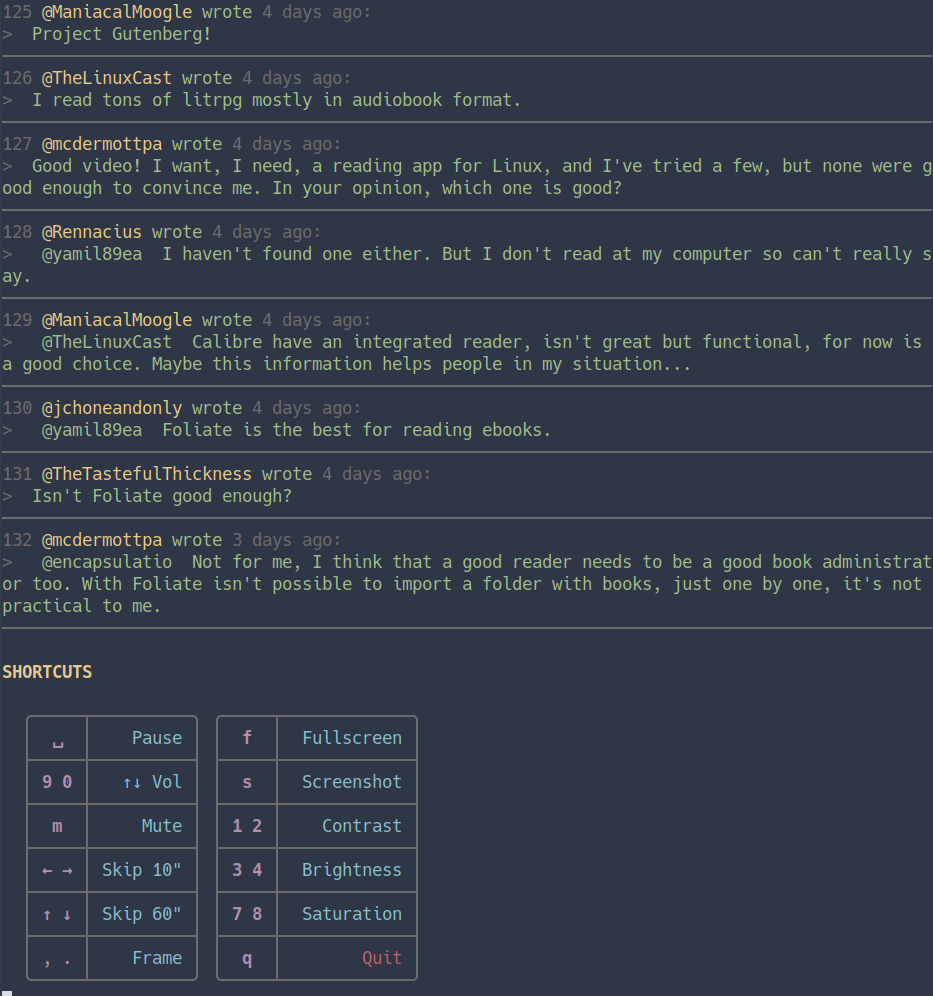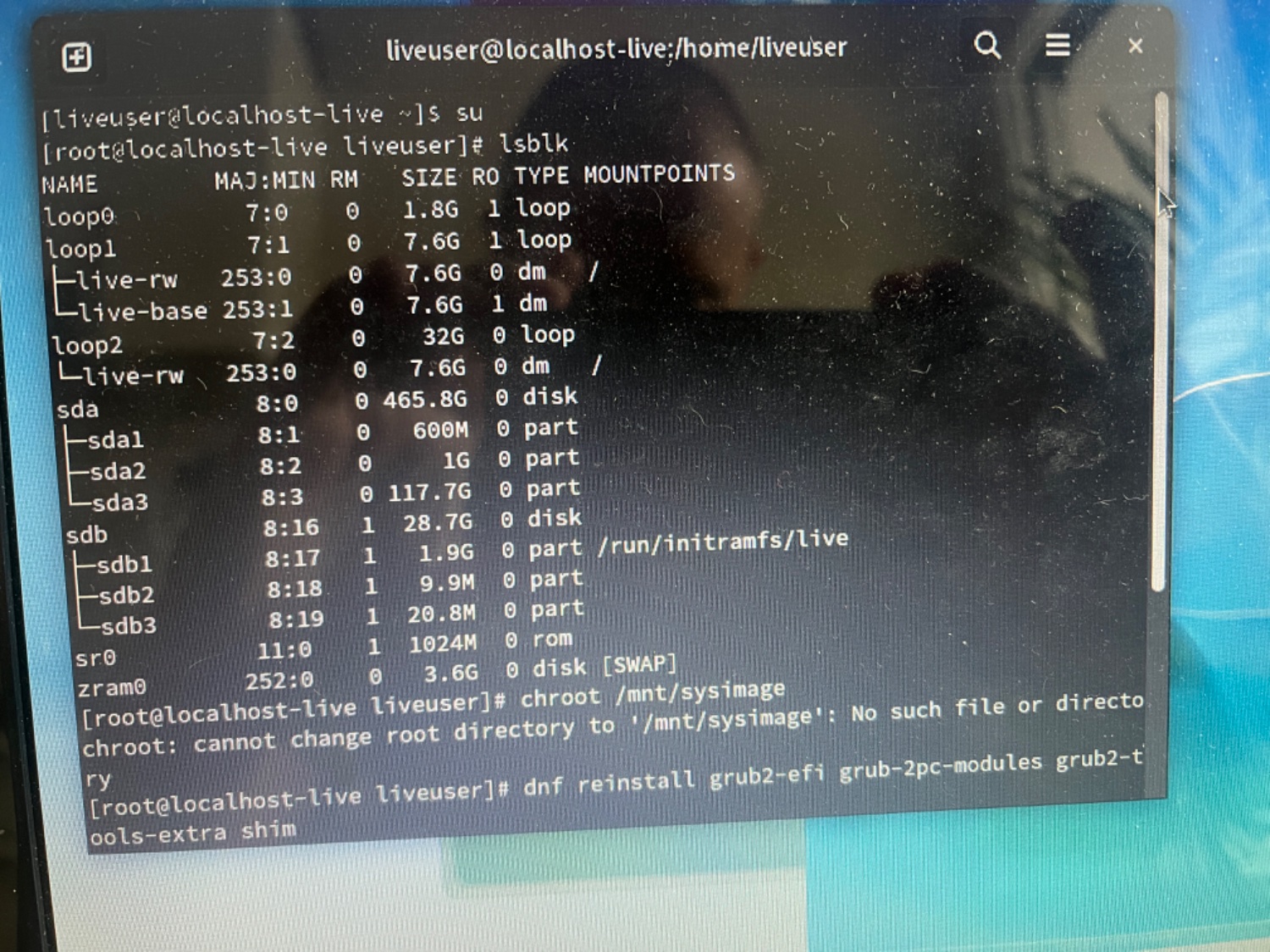Linux
47756 readers
823 users here now
From Wikipedia, the free encyclopedia
Linux is a family of open source Unix-like operating systems based on the Linux kernel, an operating system kernel first released on September 17, 1991 by Linus Torvalds. Linux is typically packaged in a Linux distribution (or distro for short).
Distributions include the Linux kernel and supporting system software and libraries, many of which are provided by the GNU Project. Many Linux distributions use the word "Linux" in their name, but the Free Software Foundation uses the name GNU/Linux to emphasize the importance of GNU software, causing some controversy.
Rules
- Posts must be relevant to operating systems running the Linux kernel. GNU/Linux or otherwise.
- No misinformation
- No NSFW content
- No hate speech, bigotry, etc
Related Communities
Community icon by Alpár-Etele Méder, licensed under CC BY 3.0
founded 5 years ago
MODERATORS
151
152
153
154
155
156
157
158
159
160
161
162
163
164
165
166
167
168
169
170
171
172
173
174
175
22
Signature related issues causing rpm-ostree updates to fail in uBlue-os (silverblue:main)
(discuss.tchncs.de)
 Yes, that's a prompt to sign in with a Microsoft account to use the clock. If you close it, it pops up 30s later. Clicking “Don't sign in” or closing the process responsible for displaying it is useless, and guess what… IT PAUSES THE TIMER WHEN IT SHOWS UP.
Yes, that's a prompt to sign in with a Microsoft account to use the clock. If you close it, it pops up 30s later. Clicking “Don't sign in” or closing the process responsible for displaying it is useless, and guess what… IT PAUSES THE TIMER WHEN IT SHOWS UP.




